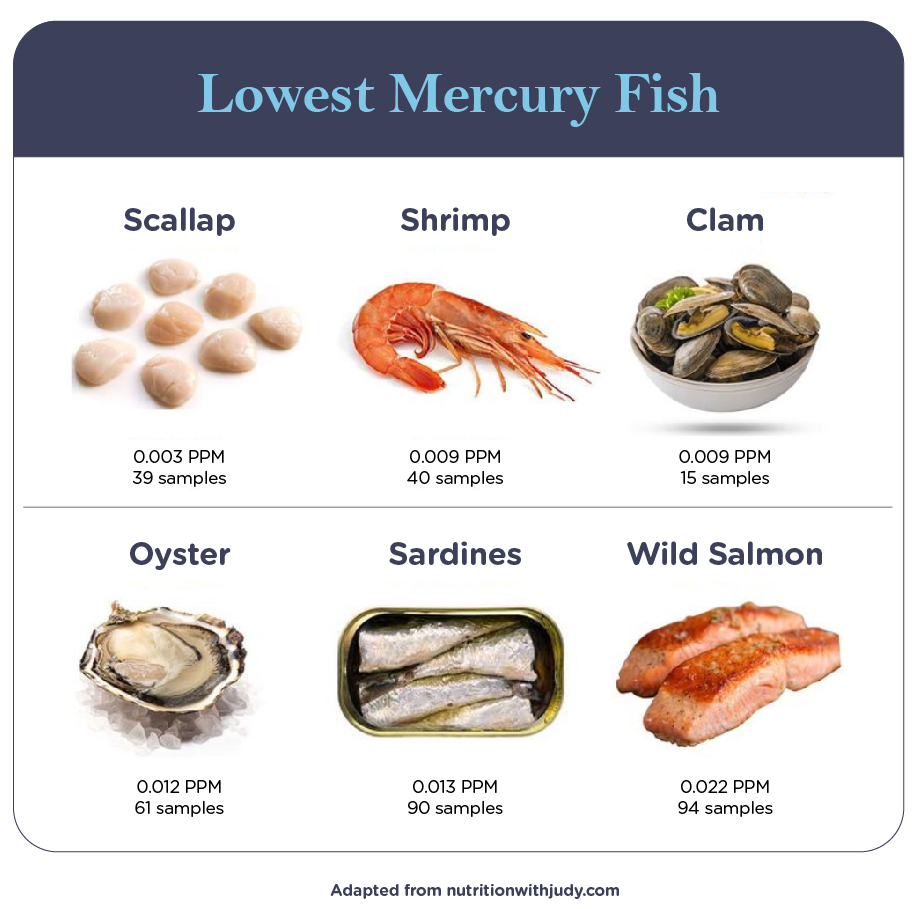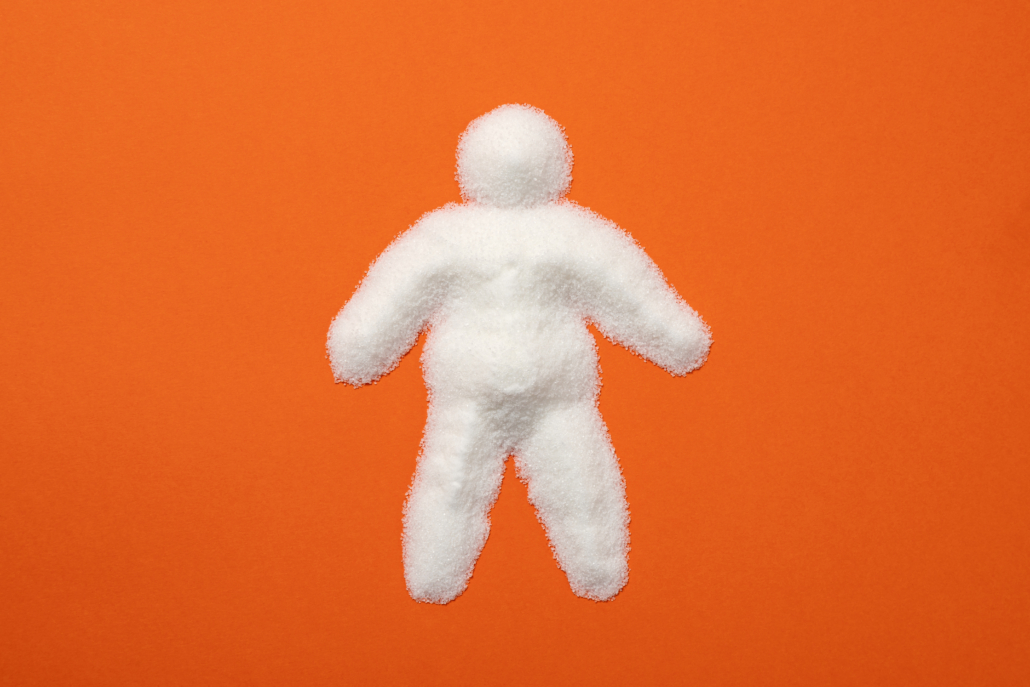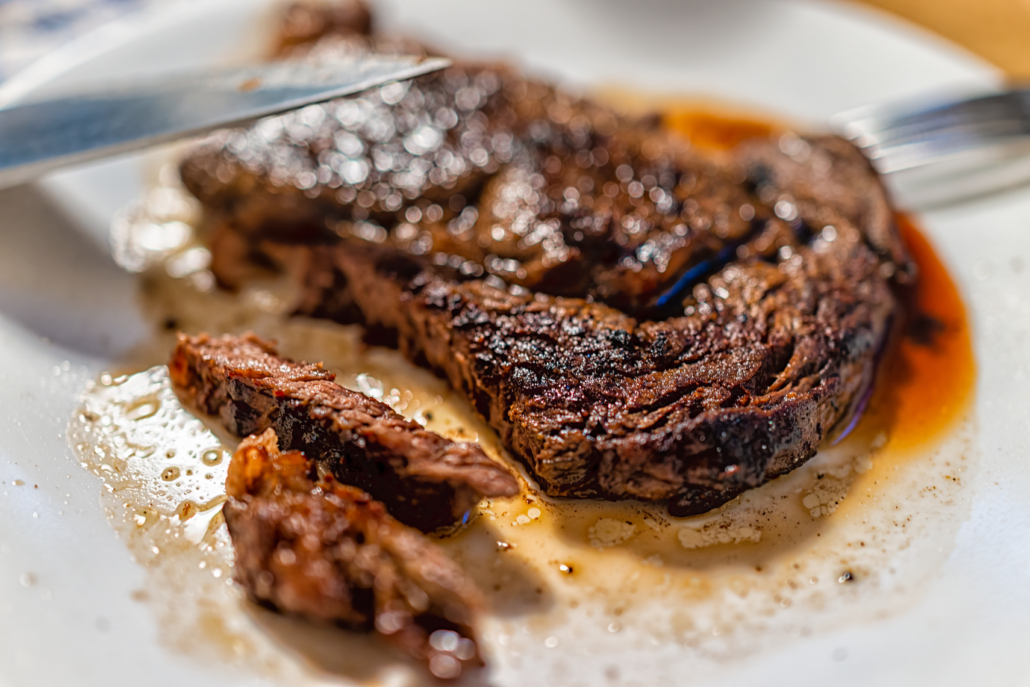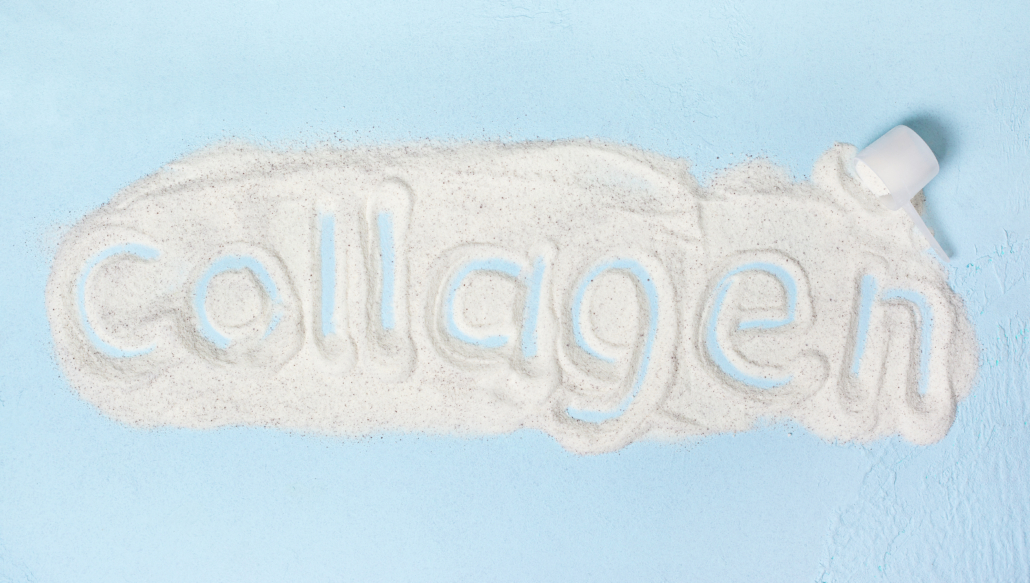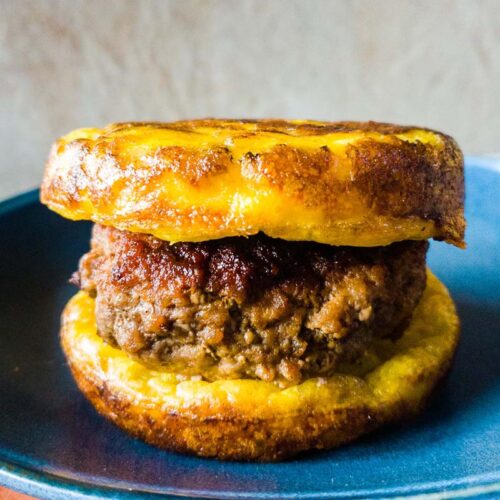We include products in articles we think are useful for our readers. If you buy products or services through links on our website, we may earn a small commission.
Top 8 Foods High in Selenium
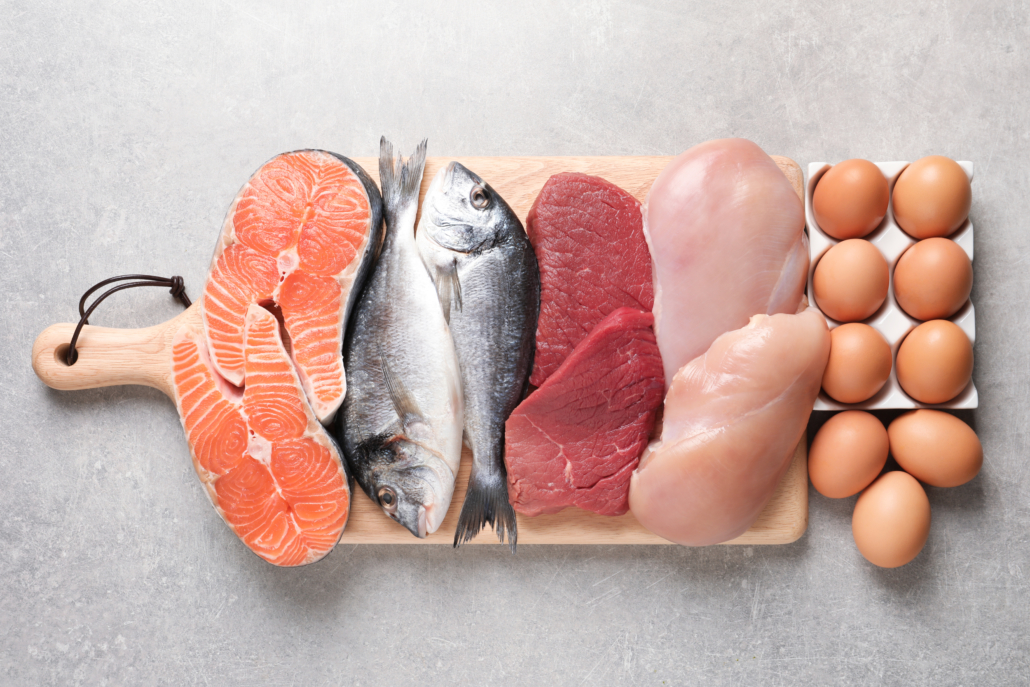
Selenium is an important mineral in food that most people haven’t heard of. Foods high in selenium support numerous bodily functions, including a healthy immune system, cognition, and fertility, among many others.
Additionally, these top 8 high selenium foods are abundant in various other vital nutrients–in fact, they’re among the most nutrient-dense foods on earth.
In this article, we’ll explore why selenium foods are important and provide a rundown of the best foods rich in selenium.
Table of Contents
What is Selenium, and Why is it Important?
Selenium is a mineral that is an essential part of various enzymes and proteins called selenoproteins.
Selenoproteins are an important component of many important physiological processes, including :
- Maintaining healthy thyroid function
- Supporting proper immune function, including the ability to fight infection
- Protecting cells from damage
- Supports reproductive health and the creation of DNA
- Reducing oxidative stress by combatting free radicals
- Increasing concentrations of the potent antioxidant called glutathione
- Protection against various cancers
- Neuroprotective properties–patients with Alzheimer’s disease have low levels of selenium
- Supports lung health
Selenium Supports Reproductive Health
It’s worth highlighting the role that selenium plays in fertility. Studies have shown selenium deficiency to be a factor in miscarriage and poor semen quality.
Other studies have shown that selenium supports the quality of follicular fluid surrounding a woman’s eggs and improves semen quality when combined with vitamin E.
Significantly Associated with Reduced Risk of Cancers
A large-scale review of 69 studies with over 350,000 participants found that high blood levels of selenium were associated with a lower risk of lung, breast, colon, and prostate cancers.
Selenium in Animal vs. Plant Foods
Though selenium is available from both plant and animal food sources, the high selenium foods on this list are all from animal sources.
We’ve selected only animal products because the amount of selenium in plant foods comes from the soil, which is affected by many factors, including rain, evaporation, region, pesticides, and pH levels. Soil selenium in many agricultural areas has been gravely depleted and is predicted to drop even further.
Low soil selenium levels have even been linked to life-threatening reactions to COVID-19.
Additionally, plant foods that contain some selenium, like wheat and other grains, also expose people to various plant toxins and antinutrients.
On the other hand, animal products high in selenium provide a steady and abundant source of various nutrients without harmful toxins and pesticides.
How Much Selenium Per Day?
According to the National Institute of Health, how much selenium we need per day increases from childhood into adolescence and adulthood. Men require moderately more selenium per day than women. The exception is for pregnant women who require 65 mcg per day.
| Age | Recommended amount of selenium per day |
| Pregnant females | 65 mcg per day |
| Adult and teenage females | 45 to 55 mcg per day |
| Adult and teenage males | 55-70 mcg per day |
| 9 to 13 years | 40 mcg |
| 4 to 8 years | 30 mcg |
| 7 months to 3 years | 20 mcg |
| Newborn to 6 months | 15 mcg |
Groups that may have difficulty absorbing sufficient selenium include:
- People on dialysis
- Those living with HIV
- People with GI issues like leaky gut, IBS, and Chron’s disease
1 Organ Meats
Organ meats are among the most nutrient-dense and healthiest foods on earth. So, it’s no surprise that they provide an abundance of minerals, including selenium.
If you have a hard time finding quality fresh organ meats or just can’t imagine cooking and eating them, organ meat supplements are a tasteless and effective alternative.
The top 7 high selenium organ meats leading the way are:
| Type | MCG selenium per 100-gram serving |
| Pork kidney | 312 mcg |
| Lamb kidney | 219 mcg |
| Beef kidney | 168 mcg |
| Lamb liver | 116 mcg |
| Beef spleen | 91 mcg |
| Chicken liver | 88 mcg |
| Turkey liver | 83 mcg |
2 Mollusks
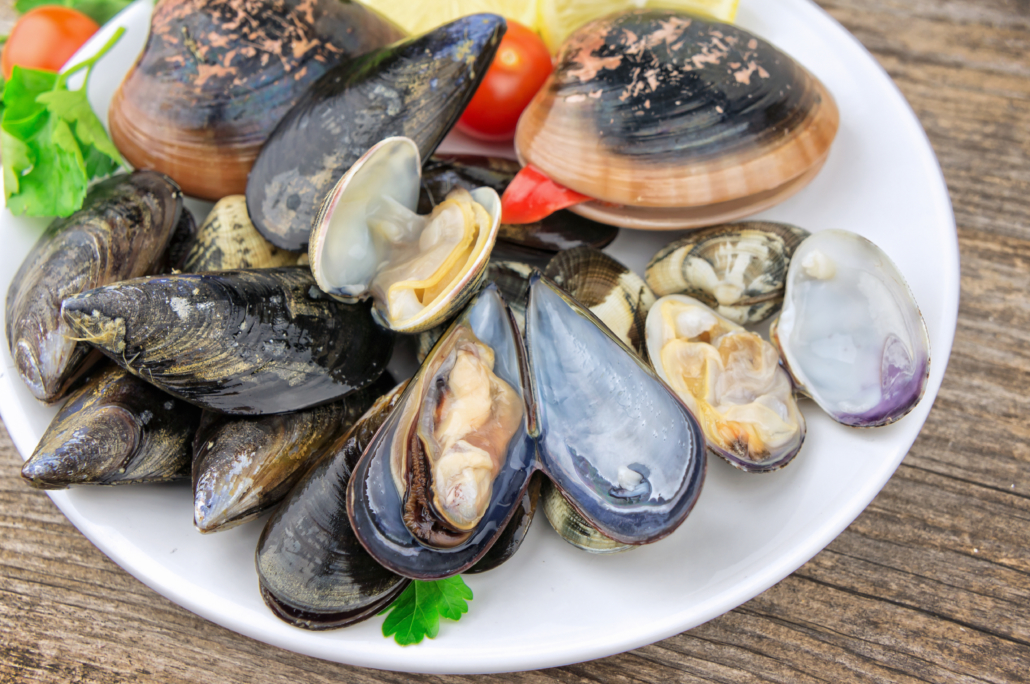
Mollusks like oysters and mussels are bonafide superfoods with famously high levels of minerals.
In addition to selenium, many mollusks are also remarkably potent sources of zinc, copper, and vitamin B12.
| Type | MCG selenium per 100 gram serving |
| Pacific oyster | 154 mcg |
| Mussels | 90 mcg |
| Octopus | 90 mcg |
| Whelk | 90 mcg |
| Clams | 64 mcg |
| Abalone | 52 mcg |
| Squid | 52 mcg |
3 Fish and Crustaceans

Like their fellow sea-dwelling mollusks, fish and crustaceans are also remarkably high in selenium.
Fatty fish like mackerel, anchovy, and salmon provide the additional benefit of omega-3 fatty acids. Boosting omega-3s helps reduce the omega-6 omega-3 imbalance implicit in a Western diet high in vegetable oils.
Fatty fish can also play a supporting role in high-fat low-carb diets like keto and carnivore. And, of course, they are the main course for the pescatarian version of the ketogenic diet.
| Type | MCG selenium per 100 gram serving |
| Salted cod | 148 mcg |
| Yellowfin tuna | 92 mcg |
| Orange roughy | 88 mcg |
| Caned tuna | 80 mcg |
| Sockeye salmon | 76 mcg |
| Mackeral | 73 mcg |
| Anchovy | 68 mcg |
| Swordfish | 62 mcg |
| Spiny lobster | 59 mcg |
| Herring | 59 mcg |
| Salmon | 57 mcg |
| Crab | 48 mcg |
| Shrimp | 47 mcg |
4 Pork
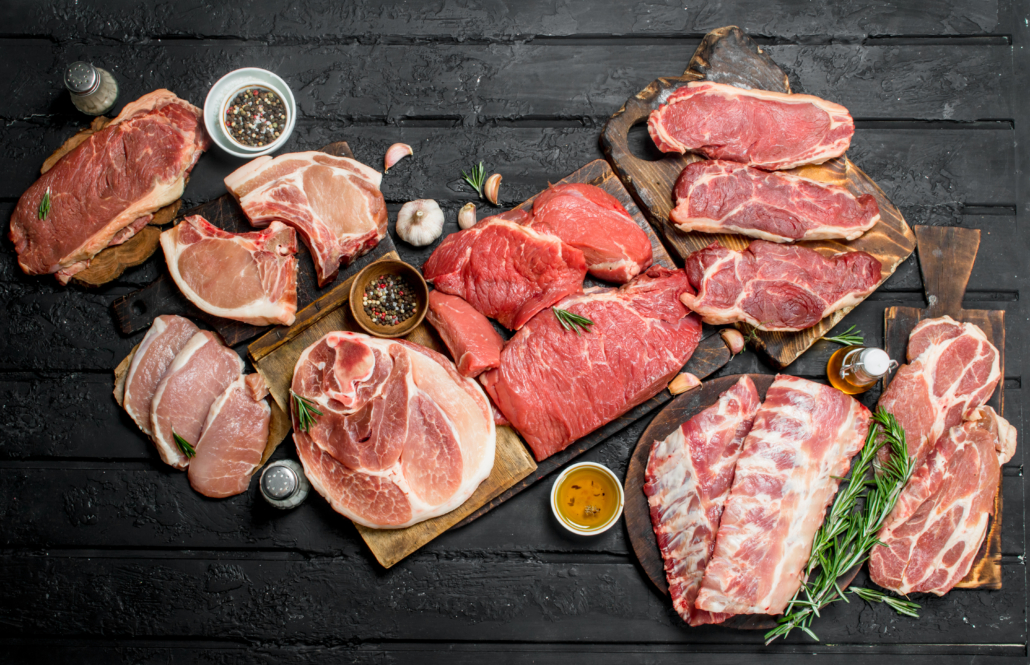
Pork is an abundant and inexpensive source of selenium that comes naturally packaged along with healthy fats, proteins, energizing B vitamins, and choline.
Many health-conscious eaters avoid ham due to its high salt content. However, it provides about 42 mcg of selenium per 3 oz serving, or 60 percent of the recommended daily intake for adults.
| Type | MCG selenium per 100 gram serving |
| Bacon | 66 mcg |
| Ham shank | 52 mcg |
| Pork chops | 52 mcg |
| Pork tenderloin | 52 mcg |
| Pork ribs | 47 mcg |
5 Beef

Though other foods may provide more selenium than beef, the significant selenium in steak comes naturally packaged with an unbeatable abundance of macro and micronutrients.
Steak is high in healthy saturated and monounsaturated fats, a variety of essential B vitamins, and vital minerals like zinc, heme iron, and copper.
Additionally, beef products are loaded with meat-specific nutrients like carnitine, carnosine, creatine, and taurine. Those these don’t show up on nutrition labels, they provide powerful benefits to cognition, energy, heart health, and even provide anti-aging properties.
In fact, fatty cuts of steak like ribeye are so nutritious that it is entirely possible to thrive on steak, water, and salt alone. This approach to an elimination diet was popularized by psychologist Jordan Peterson, and has come to be knowns as the lion diet.
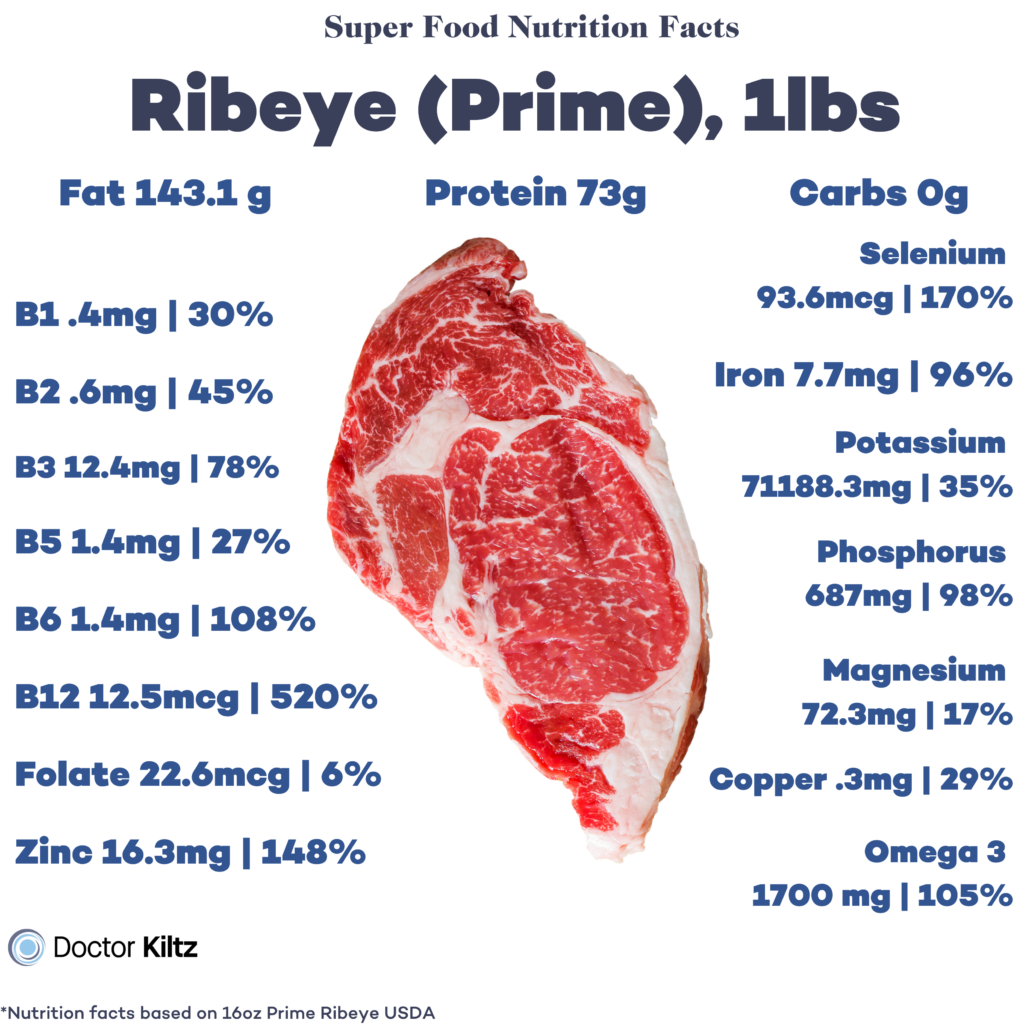
| Type | MCG selenium per 100-gram serving |
| Bottom round steak | 45 mcg |
| Center cut steak | 41 mcg |
| Beef liver | 40 mcg |
| Top sirloin | 39 mcg |
| Ribs | 38 mcg |
| Eye of round roast | 37 mcg |
| Tenderloin | 37 mcg |
| Ribeye steak | 29 mcg |
| Ground beef (70/30) | 21 mcg |
6 Poultry
Poultry is often more processed, handled, and exposed to contaminants than other fresh meats, but high-quality poultry is still a fantastic source of selenium.
| Type | MCG selenium per 100-gram serving |
| Chicken wing | 51 mcg |
| Smoked turkey | 43 mcg |
| Turkey leg | 41 mcg |
| Chicken drumstick | 38 mcg |
| Ostrich | 38 mcg |
7 Cheese
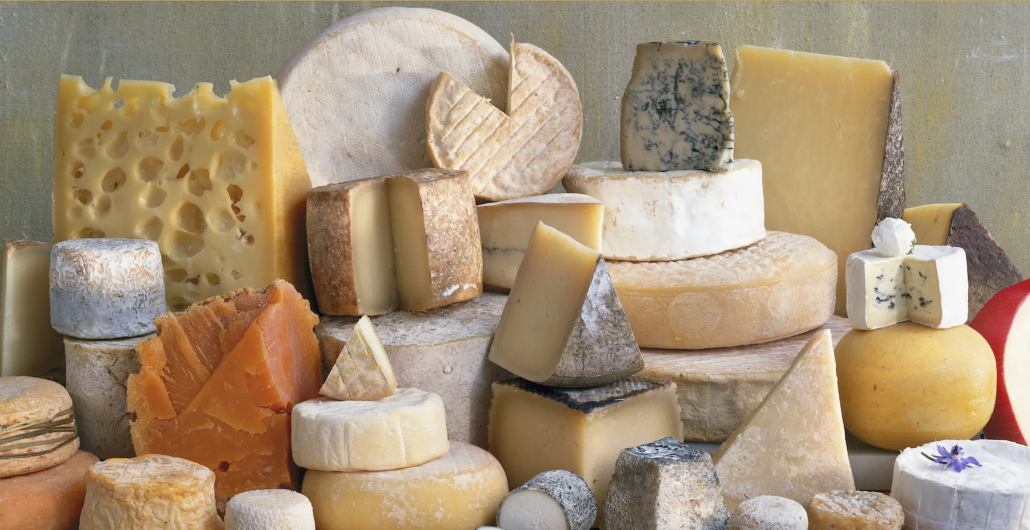
Cheese is a high selenium food that has been unfairly maligned for its fat content. Yet studies show that eating cheese can, in fact, lower your body mass index and reduce your risk of obesity.
Contrary to mainstream nutritional dogma, the saturated fat in cheese is not only harmless but may reduce your risk of heart disease.
A 2017 analysis of 29 studies looking at data from over 938,465 subjects found that people who ate 10 grams of cheese (⅓ ounce) per day had a moderately lower risk of cardiovascular disease than those who did not.
| Type | MCG selenium per 100-gram serving |
| Parmesan | 43 mcg |
| Cottage cheese | 20 mcg |
| Mozzarella | 19 mcg |
| Swiss cheese | 18 mcg |
| Ricotta | 17 mcg |
| Blue cheese | 15 mcg |
8 Eggs
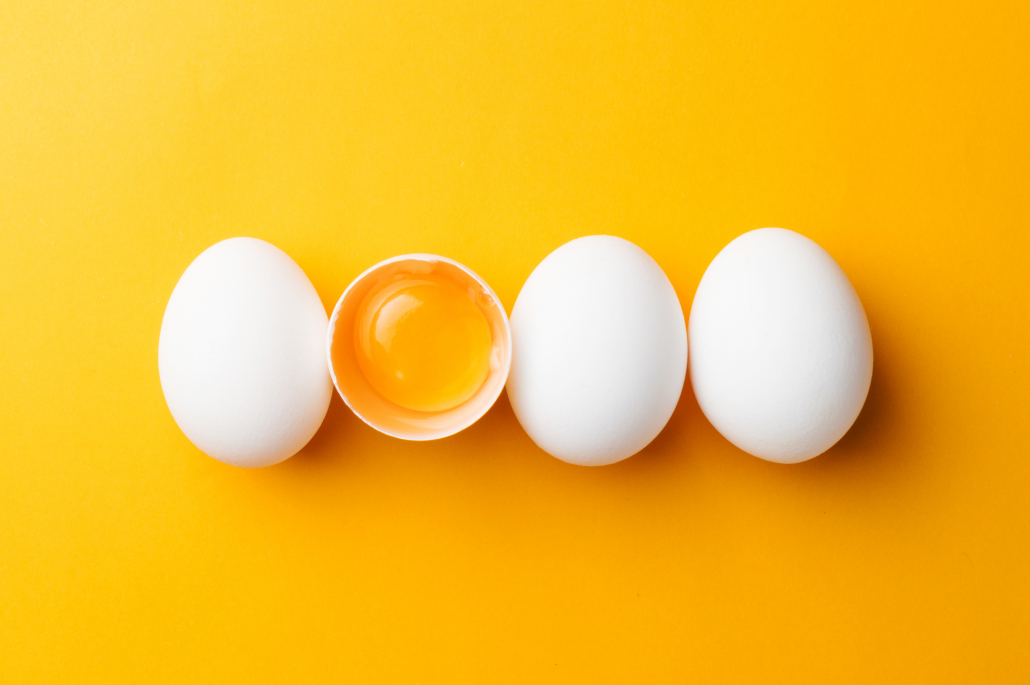
Eggs are one of the healthiest and most nutritionally replete foods on earth. This makes sense when considering that eggs have everything needed to grow an entire animal.
One thing to keep in mind is that the selenium in eggs is found in the yolk.
In fact, 100 grams of egg yolk alien provides 56 mcg of selenium. And a single egg yolk provides 15.3 mcg or 28% of your RDV.
Top 8 Selenium Foods: The Takeaway
Selenium is a mineral found in food, and it plays an essential role in many important bodily functions, like immune health, thyroid function, cognitive health, and fertility.
Selenium is found in both plant and animal foods. However, because selenium in plants comes from the soil, and soil is often depleted, animal food sources are far more reliable.
The best high selenium foods include organ meats, seafood like mollusks and fish, pork, beef, poultry, cheese, and eggs.












